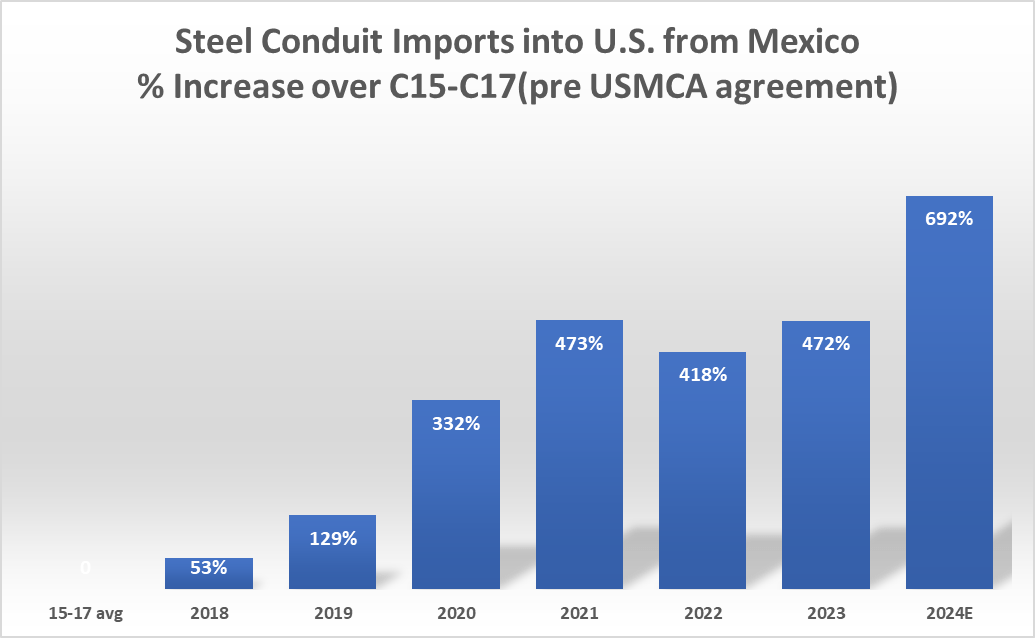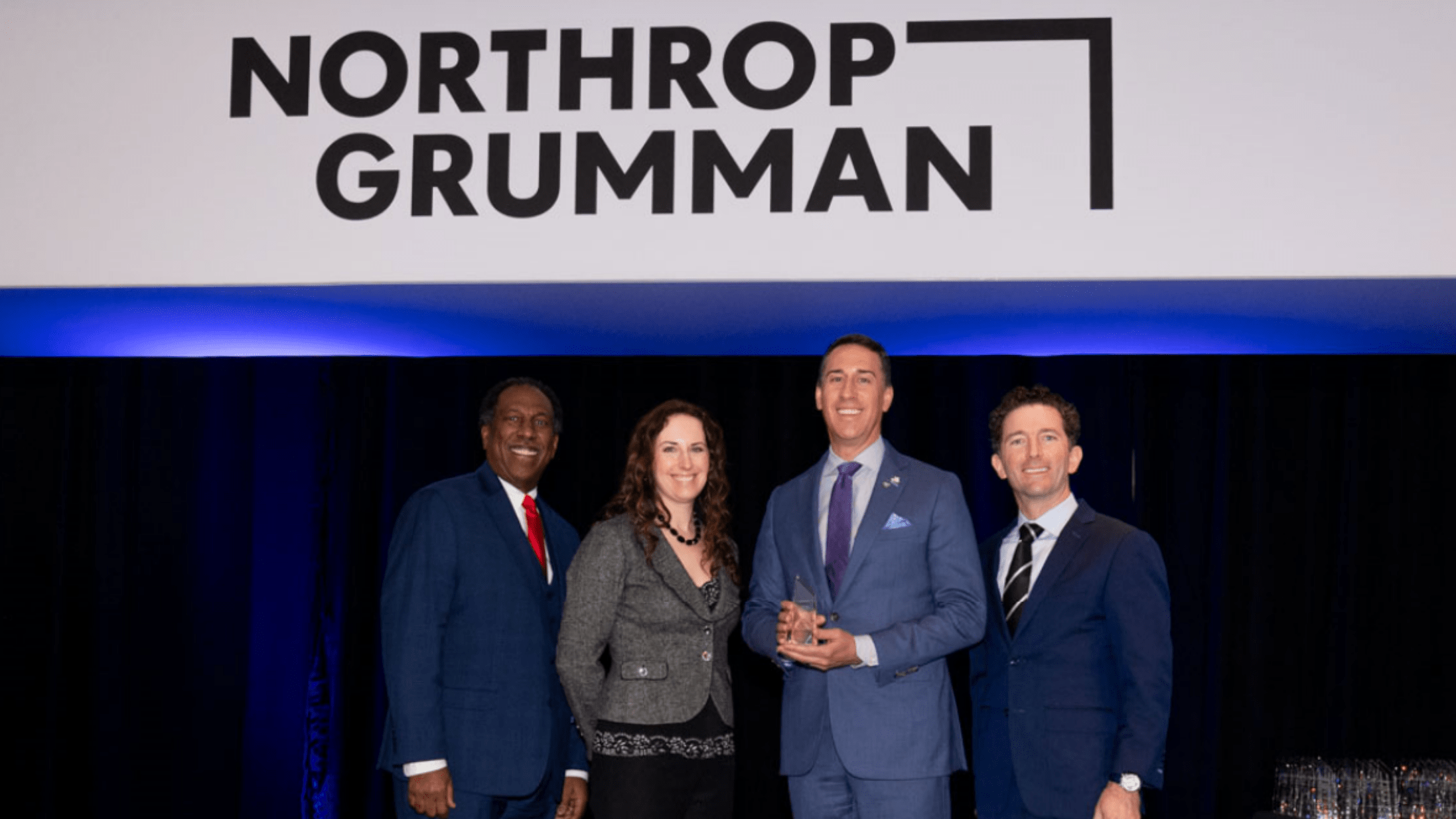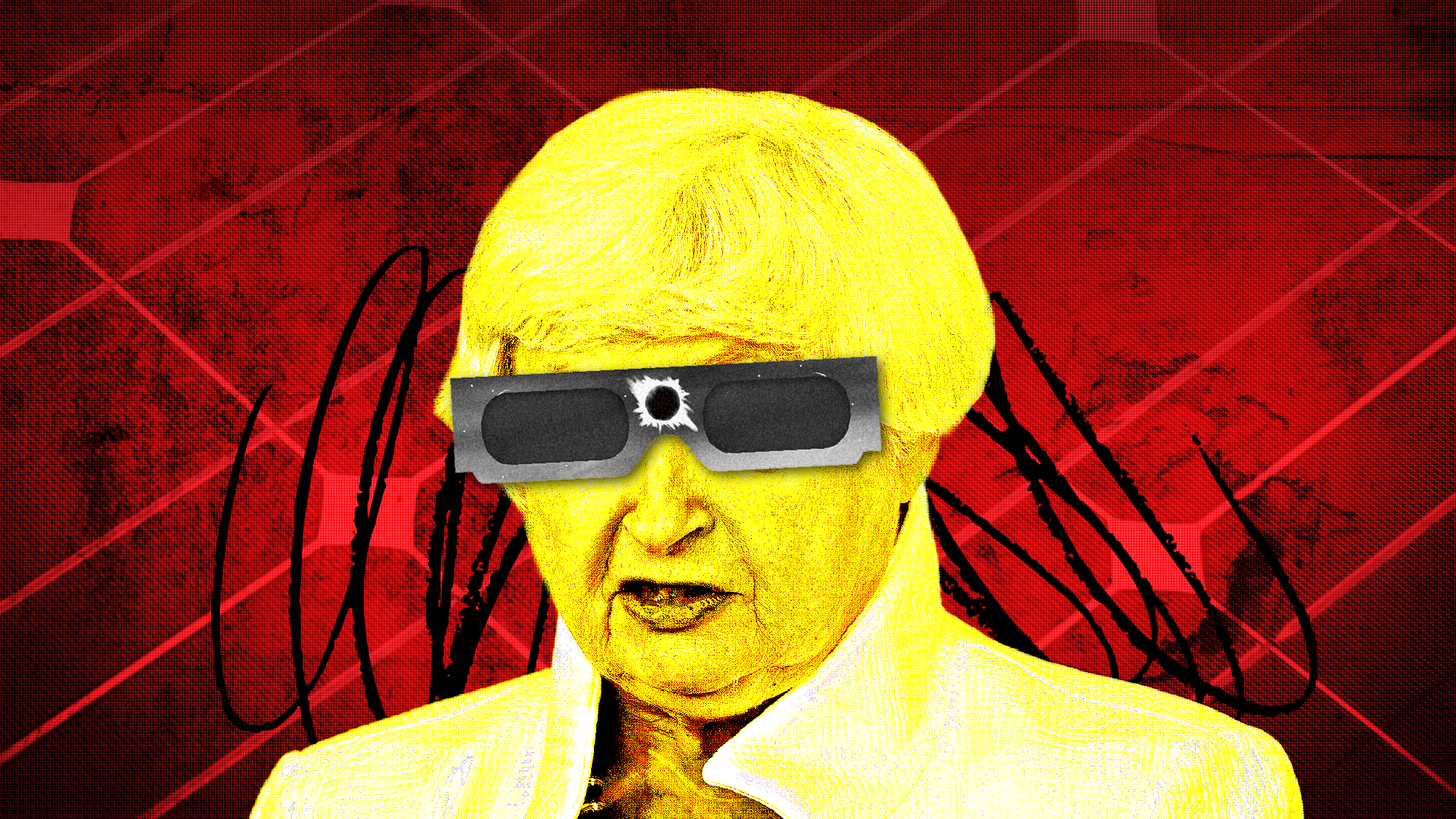
Donald Trump vowed Tuesday that if elected president he would cancel a pending trade deal with Pacific Rim countries and demand Mexico and Canada accept sweeping changes to NAFTA — or else he will nix that one, too.
[S.A. Miller | June 28, 2016 |The Washington Times]
It was part of an anti-globalization agenda that the presumptive Republican presidential nominee offered to revitalize U.S. manufacturing and bring back jobs, as he upended the free trade consensus that has dominated American policy under Republican and Democratic presidents. In a Tuesday evening speech in Ohio, he even called an impending free trade deal a “rape” of the U.S.
Speaking in Pennsylvania, where he hopes his populist economic message resonates, the billionaire businessman said globalization had failed American workers. He pinned many of the country’s woes on deals struck by President Bill Clinton, whose wife, Hillary Clinton, is the likely Democratic nominee.
“This is not some natural disaster. It is politician-made disaster,” Mr. Trump said of a decline in manufacturing over decades. “It is the consequence of a leadership class that worships globalism over Americanism.”
The speech, titled “Declaring American Economic Independence,” was delivered in Monessen, a city along the Monongahela River in an area that was hit hard by globalization and the decline of the steel industry.
“Globalization has made the financial elite who donate to politicians very wealthy. But it has left millions of our workers with nothing but poverty and heartache,” he said.
He also repeatedly tied Mrs. Clinton to “elites” and Wall Street bankers, who he said sold out U.S. workers. It echoed charges levied against Mrs. Clinton by her rival in the Democratic primary race, Sen. Bernard Sanders, whose far-left run tapped into similar populist strains.
“The people who rigged the system are supporting Hillary Clinton because they know as long as she is in charge nothing will ever change,” said Mr. Trump.
He later said, “Hillary Clinton and her friends in global finance want to scare America into thinking small — and they want to scare the American people out of voting for a better future.”
Mr. Trump said he offered real change, not the kind promised by Barack Obama in his 2008 campaign for president.
Beyond trade, he hit Mrs. Clinton for backing anti-coal policies and favoring high taxes and burdensome regulations that he said strangle American businesses.
Pennsylvania, which hasn’t voted Republican in a presidential election since 1988, is shaping up to be a key battleground. The state’s blue-collar voters are expected to be receptive to Mr. Trump’s aggressive message on trade, as are those in Ohio, which is also a must-win state for Republicans.
Mr. Trump later held a rally in nearby St. Clairsville, Ohio, where he denounced the proposed Trans-Pacific Partnership trade deal as a sellout of American workers — and worse.
“The Trans-Pacific Partnership is another disaster done and pushed by special interests who want to rape our country — just a continuing rape of our country,” he said. “It’s a harsh word, but it’s true.”
Unlike his free-form rallies, Mr. Trump used a teleprompter and mostly stuck to a script for the trade speech in Pennsylvania. After his last major speech was criticized by fact-checkers, the campaign released the prepared remarks replete with footnotes to document his claims.
In anticipation of the speech, the Clinton campaign put out a lengthy “fact sheet” that outlined how Mr. Trump’s business empire had profited from globalization, including overseas manufacturing of clothing and other products, and the hiring of foreign workers at his golf resorts.
The Clinton campaign described his trade policies as potentially catastrophic to the economy.
“Trump’s policies pose a serious threat to our economy, including potentially costing 3.5 million American jobs, exploding the national debt, and plunging us back into a deep recession,” said the campaign.
Mrs. Clinton said in an interview that Mr. Trump was peddling a “cruel fantasy” by promising to bring back manufacturing jobs and roll back illegal immigration.
The real estate tycoon has made his ability to broker “smart” trade deals a cornerstone of this campaign, but his rhetoric reached new heights and he challenged this own party’s belief in free trade policies.
He proposed to deal harshly with China, one of the nation’s largest trade partners, threatening to officially designate the country a currency manipulator and taking it to trade court on charges of engaging in illegal practices, including stealing U.S. trade secrets.
Mr. Trump said he was ready to slap punitive tariffs on China and other countries that “cheat,” and he scoffed at Mrs. Clinton and other likely critics of his get-tough policies.
He said there was precedent for using tariffs to protect U.S. products form unfair competition. He cited President Reagan’s use of his authority to impose tariffs to beat back influxes of motorcycles and microprocessors in the 1980s.
“Hillary Clinton, and her campaign of fear, will try to spread the lie that these actions will start a trade war,” said Mr. Trump. “She has it completely backwards. Hillary Clinton unleashed a trade war against the American worker when she supported one terrible trade deal after another.”
Mr. Trump traced the country’s economic problems back to the North American Free Trade Agreement that Mr. Clinton signed in 1993 and the entry of China into the World Trade Organization, which the Clintons supported but occurred in 2001 under President George W. Bush.
Mr. Trump presented a seven-point plan:
• Withdraw the U.S. from the Trans-Pacific Partnership, a 12-nation deal that is a top priority for Mr. Obama but has not been ratified by Congress.
• Appoint the “toughest and smartest” trade negotiators.
• Direct the secretary of commerce to identify every violation of trade agreements by foreign countries and use every tool available to end the abuses.
• Force a renegotiation of NAFTA or pull out of the agreement.
• Designate China as a currency manipulator.
• Bring trade violation cases against China in the U.S. and with the World Trade Organization.
• Use presidential powers to impose punitive tariffs on China if it does not end illegal trade practices, including the theft of American trade secrets.
That to-do list likely irritated many Republican leaders who have wed themselves to free trade policies, which also won’t help Mr. Trump mend his rift with the party establishment.
Still, Mr. Trump’s trade stance reflected a broader “America first” theme for his campaign.
“We are going to put American-produced steel back into the backbone of our country. This alone will create massive numbers of jobs,” he said. “On trade, on immigration, on foreign policy, we are going to put America first again. We are going to make America wealthy again.”
He predicted that voters would reject “Hillary Clinton’s politics of fear, futility and incompetence.”
Kristin Kanthak, a political science professor at the University of Pittsburgh, said Mr. Trump’s message would resonate.
“There are lots of people angry about the loss of manufacturing jobs in this region, and Trump’s message of wanting to bring those jobs back certainly appeal to a wide swath of voters here,” she said.
She noted that Sen. Patrick J. Toomey, who is facing a tough re-election race in Pennsylvania, was among Republican officials who are distancing themselves from Mr. Trump.
“There are few people who know more about how Republicans can win in Pennsylvania than Pat Toomey does,” said the professor. “I think there is an opening, but probably not a huge one. Yet it is an opening Trump needs to exploit if he wants to win the White House.”













